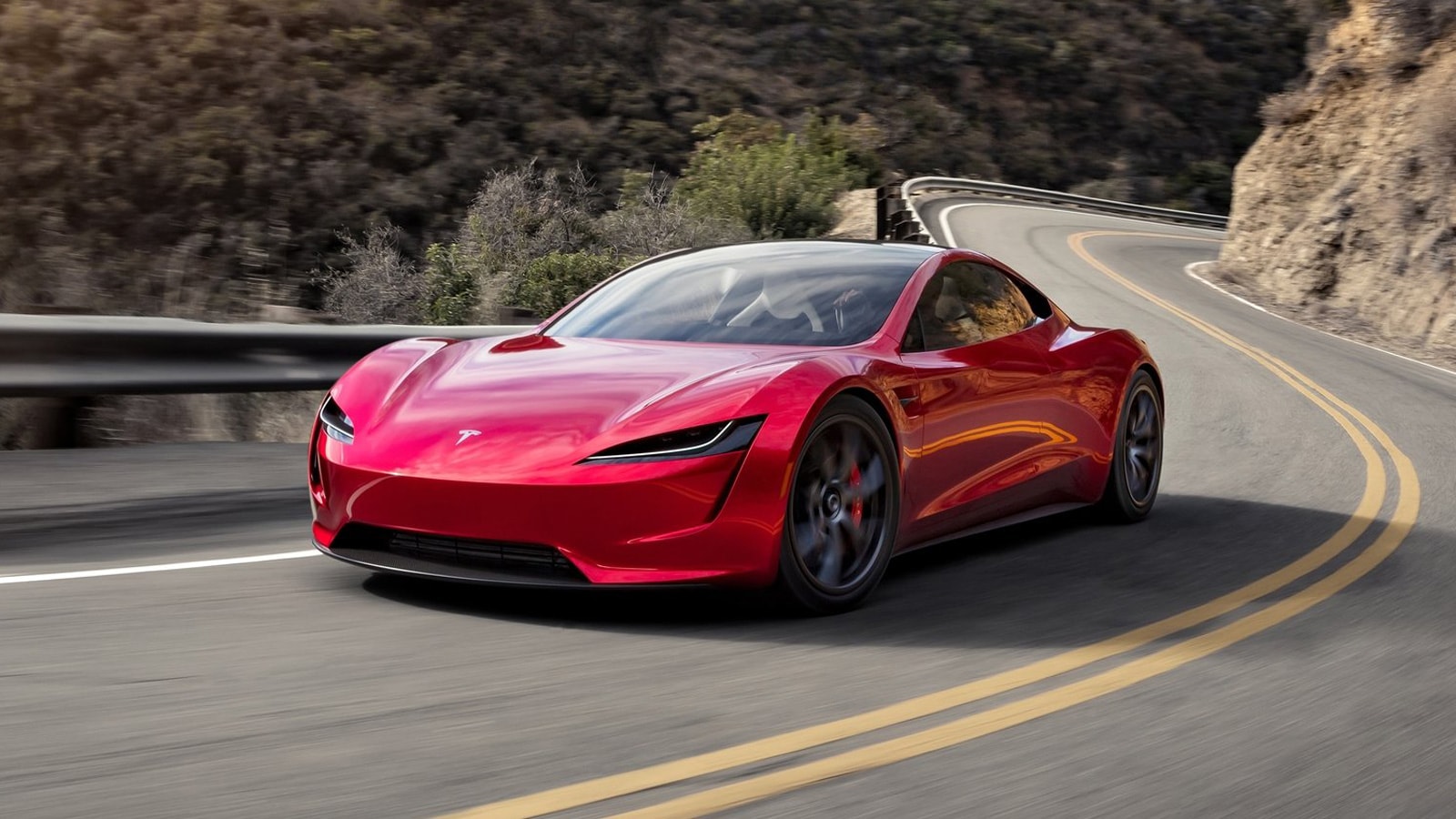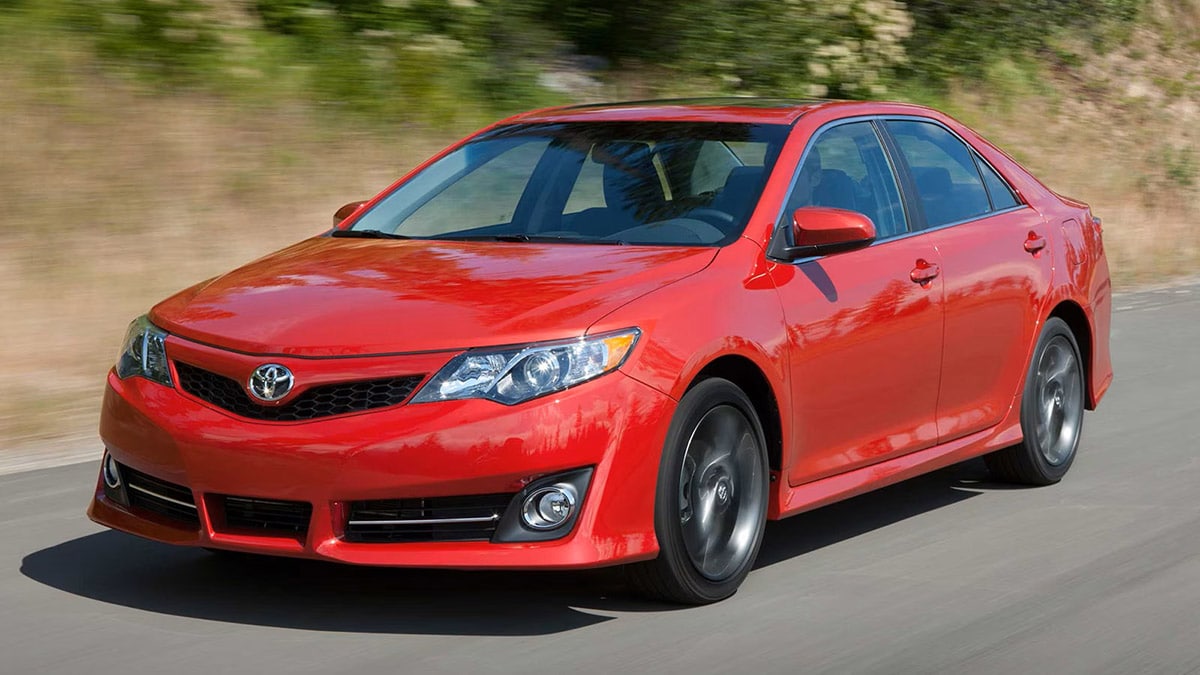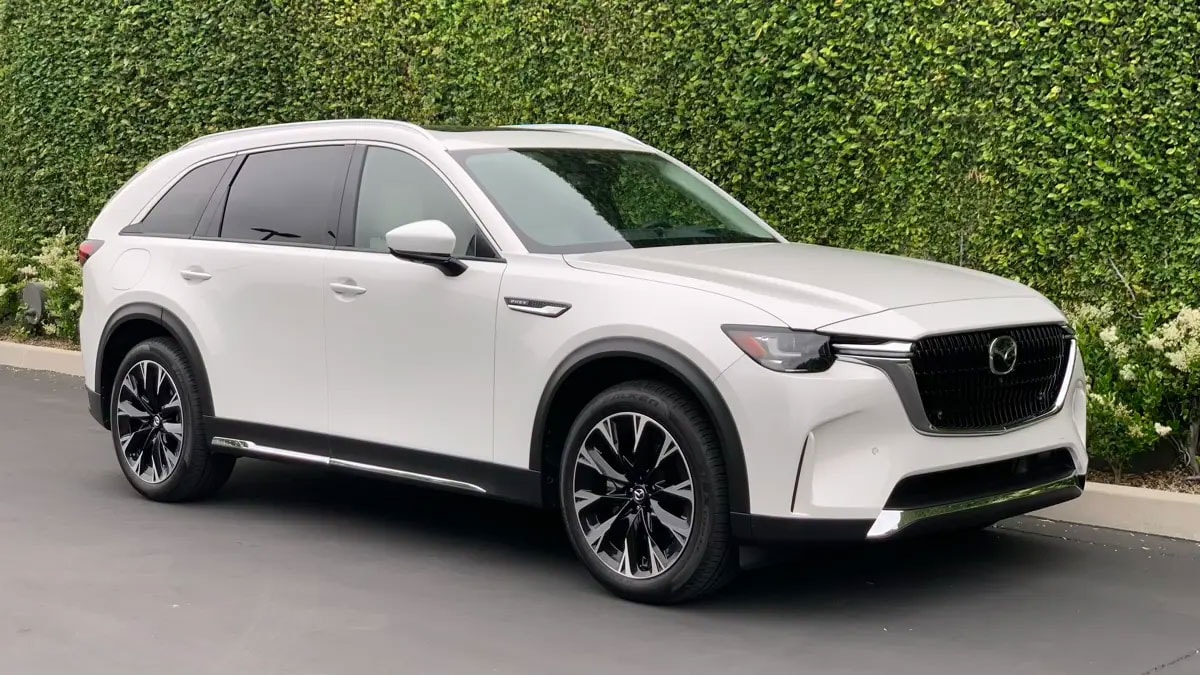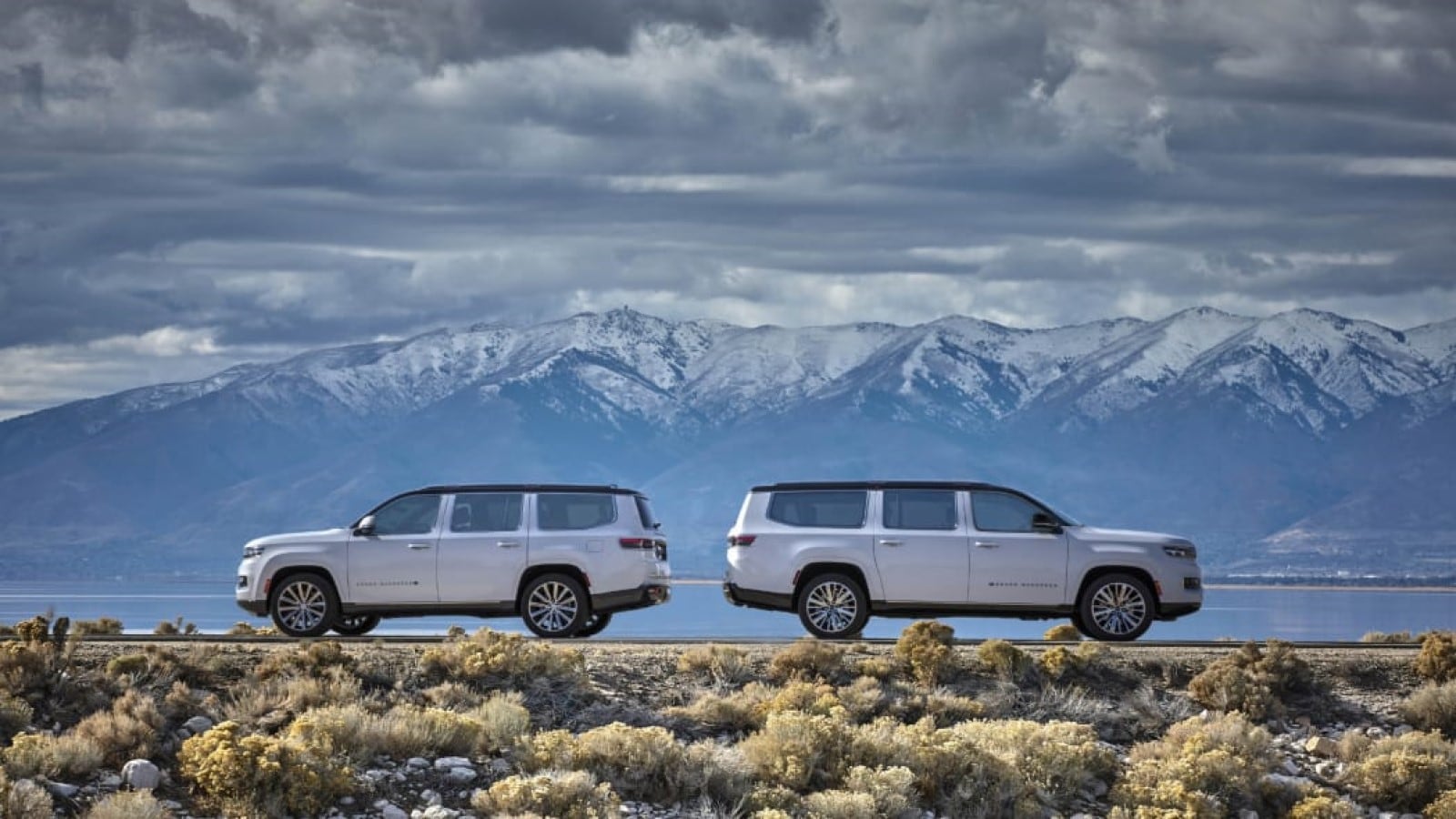Elon Musk yesterday promised a new Tesla Roadster powered by rockets, capable of sprinting from 0-60 mph in under a second using technology from Musk’s SpaceX rocket company.
Musk made the extraordinary claims in an interview with former CNN host Don Lemon, posted to Lemon’s own account on Musk’s X social media site (formerly Twitter).
There’s a lot to unpack here, so let’s unzip it.
What Is the Tesla Roadster?
Tesla’s next new product (aside from a mild refresh of the Model Y SUV expected this year) will likely be a rebirth of its first product.
From 2008 to 2012, Tesla sold a small, open-top 2-seater called the Tesla Roadster. It was built on a Lotus Elise chassis, and helped introduce the world to the blistering acceleration possible with electric motors.
The company announced plans to launch a second-generation version as early as 2017. CGI renderings released then showed a hardtop coupe that wouldn’t meet the traditional definition of a roadster. But Tesla rarely concerns itself with traditional definitions.
Since then, Musk has promised deliveries in 2023, then in 2025. Delays, again, are a Telsa trademark. Given the worldwide supply-chain challenges of the COVID-19 pandemic and its aftermath, they haven’t been uncommon for most automakers.
What’s This About Rockets?
As far back as 2021, Musk also began making extraordinary claims about the car’s acceleration. The key, he said back then, would be…believe it or not…rocket thrusters.
“Look, I don’t want to give away much more than what I’ve said publicly, except that the Roadster will be a collaboration between SpaceX and Tesla,” Musk told Lemon. “So, you can expect some rocket-y stuff in there.”
Lemon asked whether the Roadster would be a flying car. Musk, clearly joking, replied, “maybe.”
He then seemed to grow serious, saying, “The only way to do something that’s cooler than the Cybertruck is to combine SpaceX and Tesla technology to create something that’s not even really a car.”
Musk reiterated his old statement that the car “will do zero-to-sixty in under one second. That’s by far faster than any sports car that exists.”
The fastest accelerating road-legal car in the world today from 0-60 mph is probably the Rimac Nevera. Also an electric vehicle (EV), the Nevera does the sprint in 1.74 seconds.
Rimac designer Mate Rimac (pronounced Matt-Tay Ree-Mutts, if you want to sound impressive to car nerds) replied to a question on Facebook last month that the claim was “possible with thrusters. We did the simulation.”
So, Can I Use Rockets On My Commute?
Though the engineering may be possible, it will probably not be practical…or legal.
The thrusters in question might release compressed air rather than burning like chemical rockets, according to The Verge. That way, they wouldn’t have to be single-use. The car could pump new air into the tanks, allowing owners to use the thrusters again.
But that “would surely eat away at the energy stored in the battery,” Dave Sullivan, product analyst at AutoPacific, told The Verge. “The range calculation or the test cycle for the range of an electric vehicle does not take into account this idea.”
There are also engineering questions about whether tires could sustain those speeds without losing most of their useful life in a hurry. And noise concerns. And safety questions about using what amounts to an explosion to propel a car.
“I can only imagine this would be extremely loud and not be street legal,” Sullivan said.
Tesla May Only Need To Show It Once
Practical, legal, reusable rockets on a car seem fairly unlikely.
But Tesla thrives on publicity and bold claims. It rarely needs to prove that its promises are practical.
Musk promoted the Tesla Cybertruck before its release, with promises like 500 miles of all-electric range, 14,000 pounds of towing capacity, bulletproof body panels, and a price under $40,000. The finished vehicle missed every one of those claims.
The company then unveiled the truck with a series of dramatic videos showing it performing various feats like winning a tug-of-war with a Ford F-150 and beating a Porsche 911 in a drag race while towing another Porsche 911. In vigorous online debates, physicists and auto experts have questioned each of the feats and alleged that most of the videos are, at best, misleading and, at worst, staged.
It doesn’t matter. Tesla has more orders for the truck than it can likely fill for several years.
The Roadster may well be a similar story. Tesla has the engineering know-how to build an EV with Rimac-like performance. The company could then create an optional package using compressed-air rockets to speed acceleration that is both impractical and illegal outside of a closed track.
A video of the system would probably sell a lot of Roadsters to people who would use them in far more practical ways, where they’d likely be fun, attractive EVs and conversation pieces. Even without the “rocket-y stuff.”




